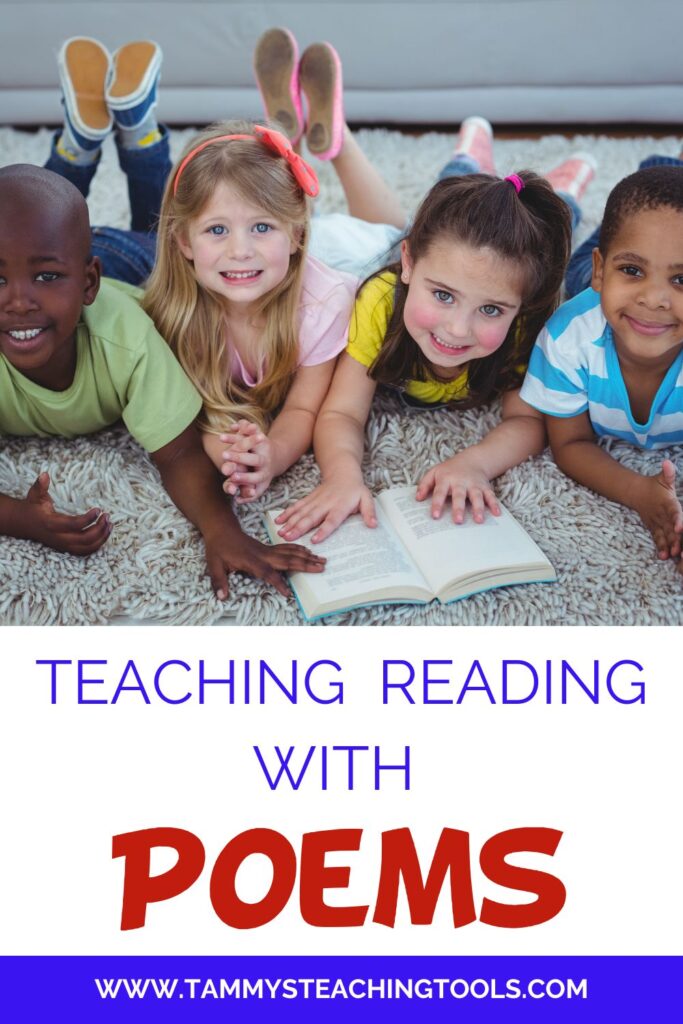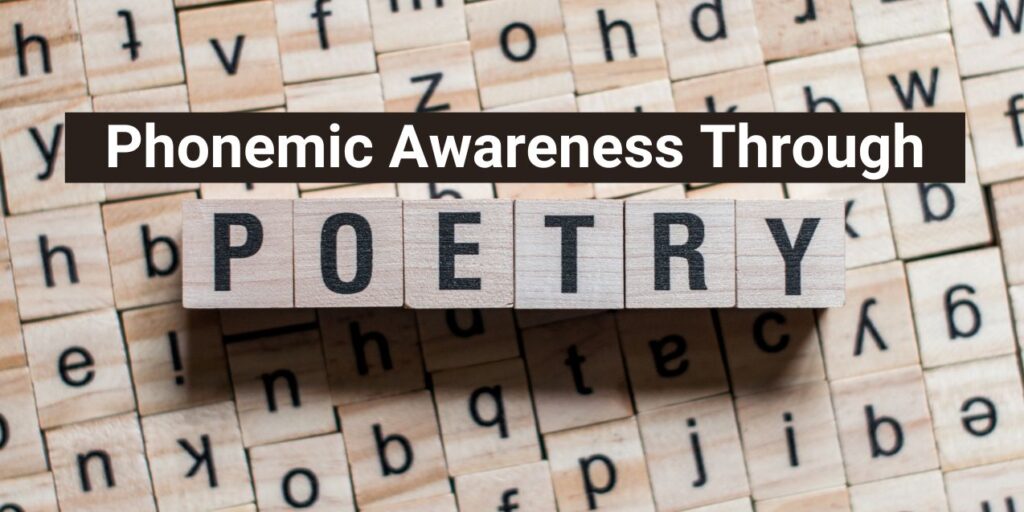Unlocking Phonemic Awareness Through Poetry
As teachers, we know how important phonemic awareness is to unlocking the door of literacy for our students. We also know that, especially in the early years, children learn best through play and exploration. Combining these two elements can be a powerful way to help struggling readers gain confidence and independence in their reading skills. Enter poetry!

The Benefits of Using Poetry to Teach Phonemic Awareness
Using poetry as an instructional tool offers many benefits beyond helping struggling readers decode words and strengthen their phonemic awareness skills; it has been shown to increase student engagement, promote creativity and critical thinking skills, improve problem-solving abilities, build self-confidence, and foster positive relationships among peers.
Poetry is full of rhyme, rhythm, and alliteration. These are key elements of phonological awareness. Many poems also help explore individual phonemes and build phonemic awareness.
Visually, the text of poetry is less overwhelming. More white space and less text can equal less pressure.
How Does Poetry Strengthen Decoding and Phonemic Awareness?
The frequency of rhyming in poetry is a perfect way to develop phonemic awareness, the ability to hear and manipulate sounds in language. Through rhyme, kids learn how to segment words into phonemes, improving both their decoding and comprehension abilities.
If you are looking for poems to strengthen both phonemic awareness and phonics skills, this bundle of decodable passages and activities is just what you need. These short, decodables with rhyming words are aligned with the science of reading and the Orton-Gillingham approach to provide a sequential and systematic way to strengthen early reading skills.
Included are 4 workbooks with over 65 poems. Skills covered include short vowels, consonant digraphs, consonant blends, and magic e. You get warm-up worksheets, review pages, and digital Google slides for hundreds of pages of ready-to-go instruction.
Does Poetry Help with Fluency?
Poetry has melody, rhythm, pacing and pitch that supports building fluency skills. Building fluency with poetry inspires and delights not only struggling readers, but all readers.
Incorporating Poetry into Your Classroom
Once you have chosen your poem (I recommend starting with something short and simple), you can use it as a jumping off point for a variety of activities that will help your students practice decoding words and strengthening their phonemic awareness skills.
You could have the students act out the poem or draw pictures of each line as they read it aloud. You could also make up hand motions or ask them to identify rhyming words or syllables within the poem. The possibilities are endless!
Tip #1 – Choose poems that are age-appropriate. Not all poems are suitable for young readers; it’s important to select ones that challenge them without being too complex. Look for works with plenty of rhyming words and vivid imagery that will capture their attention.
You may like classic children’s poetry such as Shel Silverstein’s “Where the Sidewalk Ends” or Lewis Carroll’s “Jabberwocky.” You may also want to consider contemporary poets such as Mary Ann Hoberman or Jack Prelutsky whose works often include humorous elements that kids will enjoy.
Tip #2 – Use visuals to enhance learning. It can be helpful to supplement poetry readings with visual aids such as pictures and videos. This will help make the poem come alive for students and increase their understanding of the story behind it. For example, if you are reading a poem about a snowstorm, you could show images of snowfall or videos of winter activities like sledding or ice skating.
Tip #3 – Encourage students to write their own poetry. Writing poetry is a great way for kids to practice using language creatively while also developing critical thinking skills.
 Keep a Poetry Journal
Keep a Poetry Journal
Give students a poem to glue on the left side of a journal page. On the right side, have them practice writing their own version using a similar pattern, but with their own theme. Have them use phonics patterns and words you are working on.
Combining play with instruction in our classrooms creates engaging experiences that allow our students to explore literacy in meaningful ways while building their confidence as readers. Rhyme, rhythm, repetition, and alliteration – along with sheer playfulness – make poetry an invaluable tool in helping struggling readers develop their phonemic awareness skills while having fun at the same time! So go ahead – give it a try! Your students will thank you for it!
Happy Teaching,

 Before you go, check out
Before you go, check out
How to Teach Rhyming to Struggling Students


